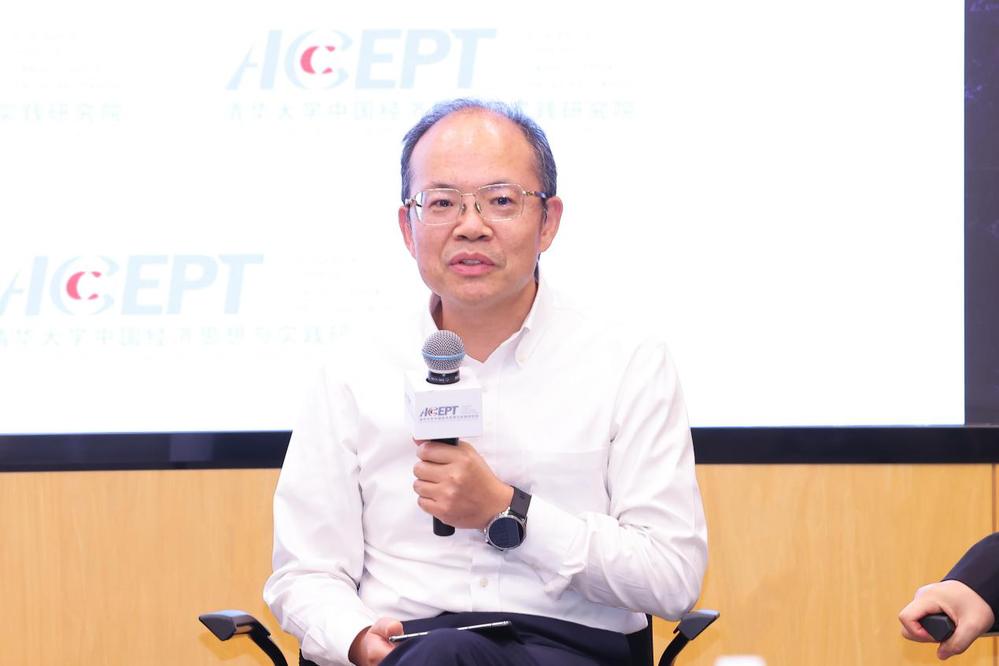Lu Zhengwei: Internationalization of enterprises and domestic capital markets both present opportunities for China
The following is a summary of Lu Zhengwei's comments during a roundtable discussion at the 49th Tsinghua University Forum on China and the World Economy held at Tsinghua University, Beijing, and broadcasted online on July 2, 2025. Lu is Chief Economist of China Industrial Bank.
On July 2, 2025, the 49th Tsinghua University Forum of China and the World Economy, hosted by Tsinghua University's Academic Center for Chinese Economic Practice and Thinking (ACCEPT) in partnership with the university's School of Social Sciences, was broadcasted online under the theme of China's 2025 Mid-Year Economic Update. Chief Economist of China Industrial Bank, Lu Zhengwei, participated in a roundtable discussion at the forum alongside other distinguished guests where he commented on some of the latest trends in China's financial markets.

Lu first analyzed the current situation and structural problems facing China's financial market, having pointed out that the overall financial picture was beginning to improve despite sluggish credit growth. While the growth rates for credit, M2 and total social financing all remain at historically low levels, each indicator is more or less aligned with the growth rate for nominal GDP, and yet when domestic and foreign equity financing is included in the mix, the actual corporate financing situation appears much more promising than that demonstrated by the surface-level data. At present, there are three main factors that have contributed to a decline in China’s loan demand. First, as local government financing vehicles have increasingly turned to the issuance of bonds, the real estate industry has in turn undergone a readjustment, with the demand for bank loans therefore having decreased markedly. Second, domestic enterprises are in the process of accelerating the internationalization of their operations, with the center of gravity for new investments having shifted towards overseas markets, thereby contributing to a weakening in the demand for domestic financing. Third, as the structure of China's economy continues to transform, the approach to financing has similarly undergone a change, and while companies still most definitely need access to capital, loans can no longer adequately meet their needs. When it comes to large domestic enterprises, there is a general preference for equity financing over loans when conducting cross-border mergers and acquisitions. As for small- and medium-sized enterprises, these entities often cannot cover the interest on loans in the early stages of their operations, which generates constraints as a result of a mismatch between the credit model and the business growth cycle, among other factors, which forces enterprises to rely on private financing instead to fulfill their needs.




